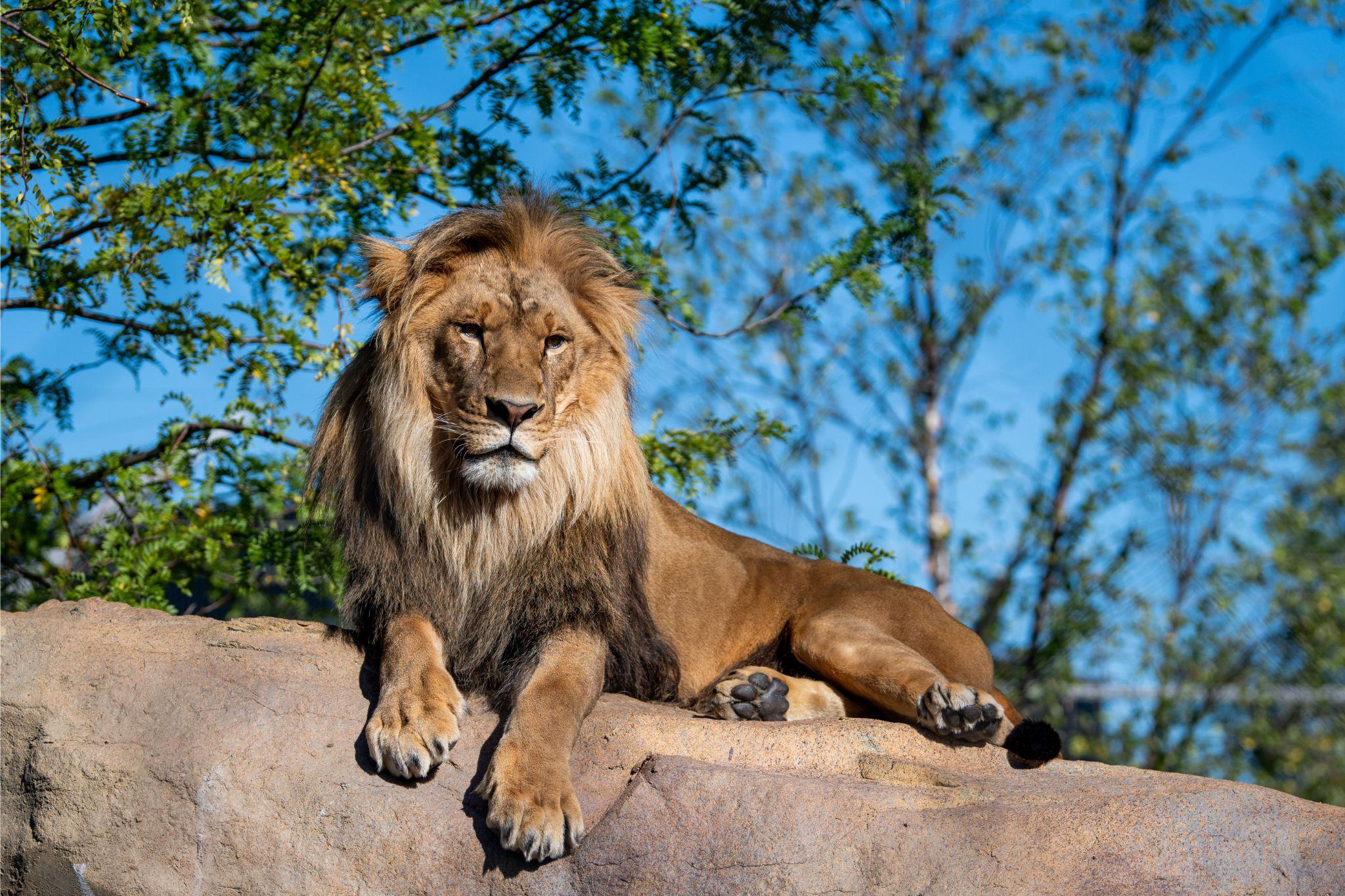
Marabou stork
Marabou stork
Distribution
Sub-Saharan Africa
Diet
Scavenger
Habitat
Wetlands and prairies
Latin Name
Leptoptilos crumeniferus
IUCN conservation status
These members of the stork family make a striking impression with their plucked heads and long sharp beaks.
Interesting informations






